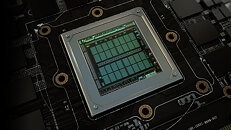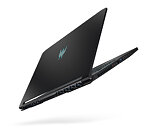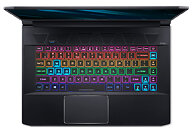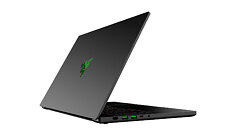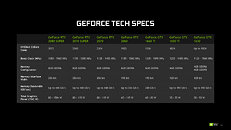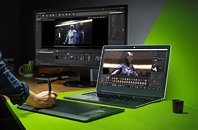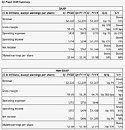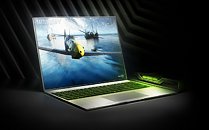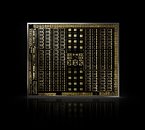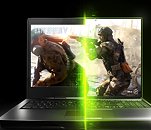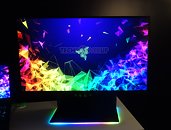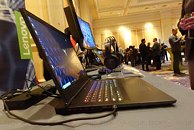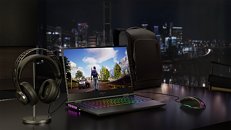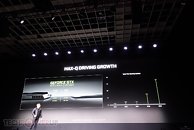
New Details Surface on Intel NUC 11 Extreme: TigerLake-U & GTX 1660 Ti
New details have surfaced on Intel's next-generation NUC systems - built with the intention to carry the highest performance density per available chassis capacity in the computer market (the aim is a 1.35 L case). We already knew Intel's Panther Canyon NUC would bring about their Tiger Lake-U designs would be carrying the company's Tiger Lake-U CPUs, which should combine next-generation "Willow Cove" CPU cores with an iGPU based on Intel's new Xe graphics architecture. A new piece of data here, as has been reported, is that Intel is also working on an enthusiast-class NUC under the "Phantom Canyon" moniker, which should bring about increased graphics performance.
Even if Intel's graphics architecture is a mindblowing performance improvement over their current graphics technologies, there's only so much an integrated graphics solution can do. Now, we seemingly have confirmation, via a 3D Max Benchmark, that Intel's Panther Canyon will be paired with an NVIDIA GeForce 1660 Ti graphics card (scoring 5,355 points). The 3D Mark TimeSpy test system uses a TigerLake-U engineering sample clocked at 2.3 GHz base and 4.4 GHz boost, alongside an 80 W NVIDIA GTX 1660 Ti (Notebook) and 8 GB of RAM.
Even if Intel's graphics architecture is a mindblowing performance improvement over their current graphics technologies, there's only so much an integrated graphics solution can do. Now, we seemingly have confirmation, via a 3D Max Benchmark, that Intel's Panther Canyon will be paired with an NVIDIA GeForce 1660 Ti graphics card (scoring 5,355 points). The 3D Mark TimeSpy test system uses a TigerLake-U engineering sample clocked at 2.3 GHz base and 4.4 GHz boost, alongside an 80 W NVIDIA GTX 1660 Ti (Notebook) and 8 GB of RAM.






